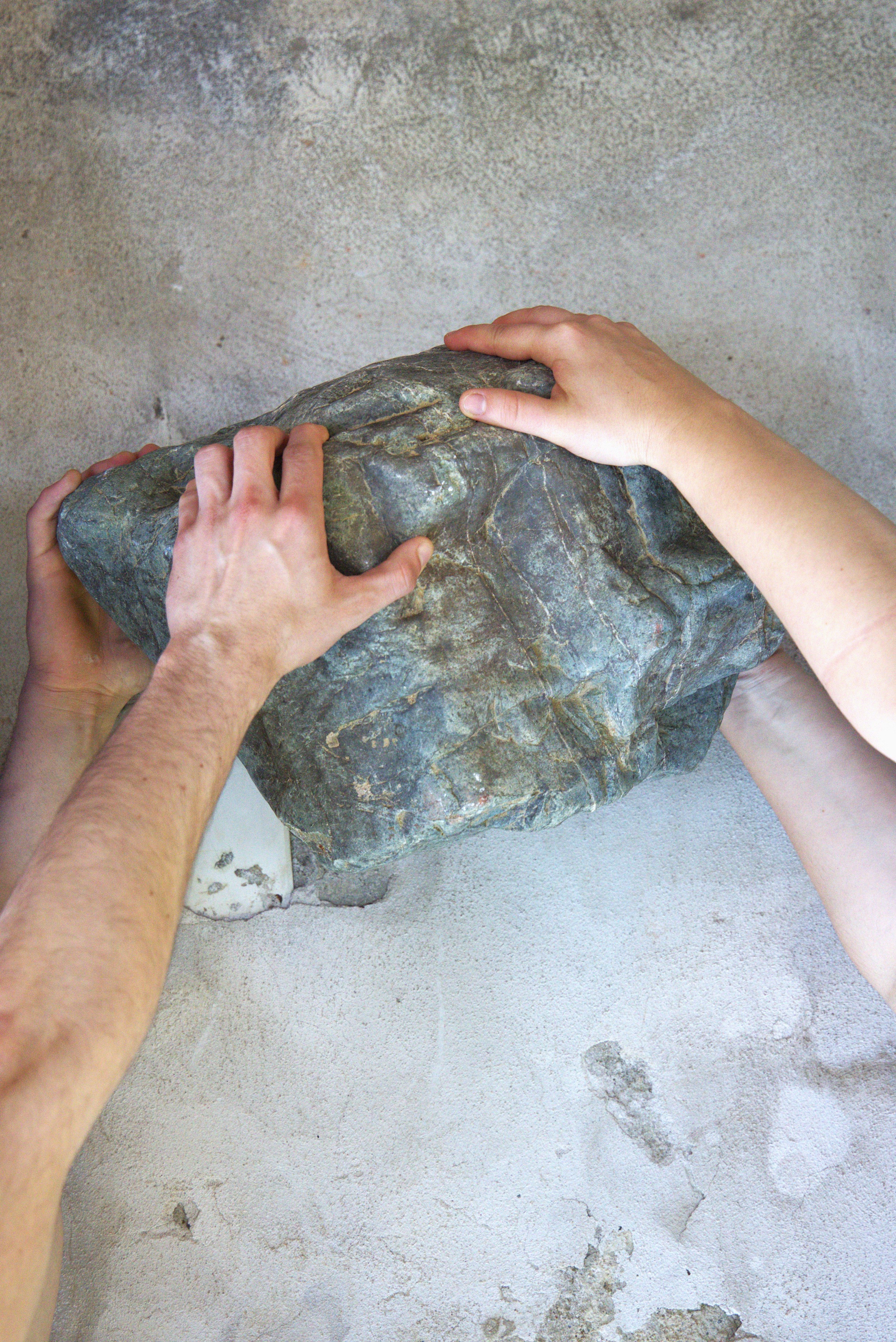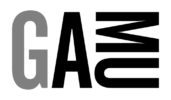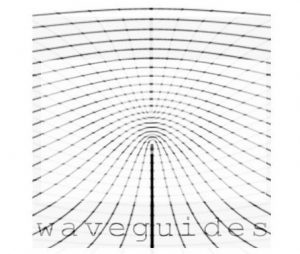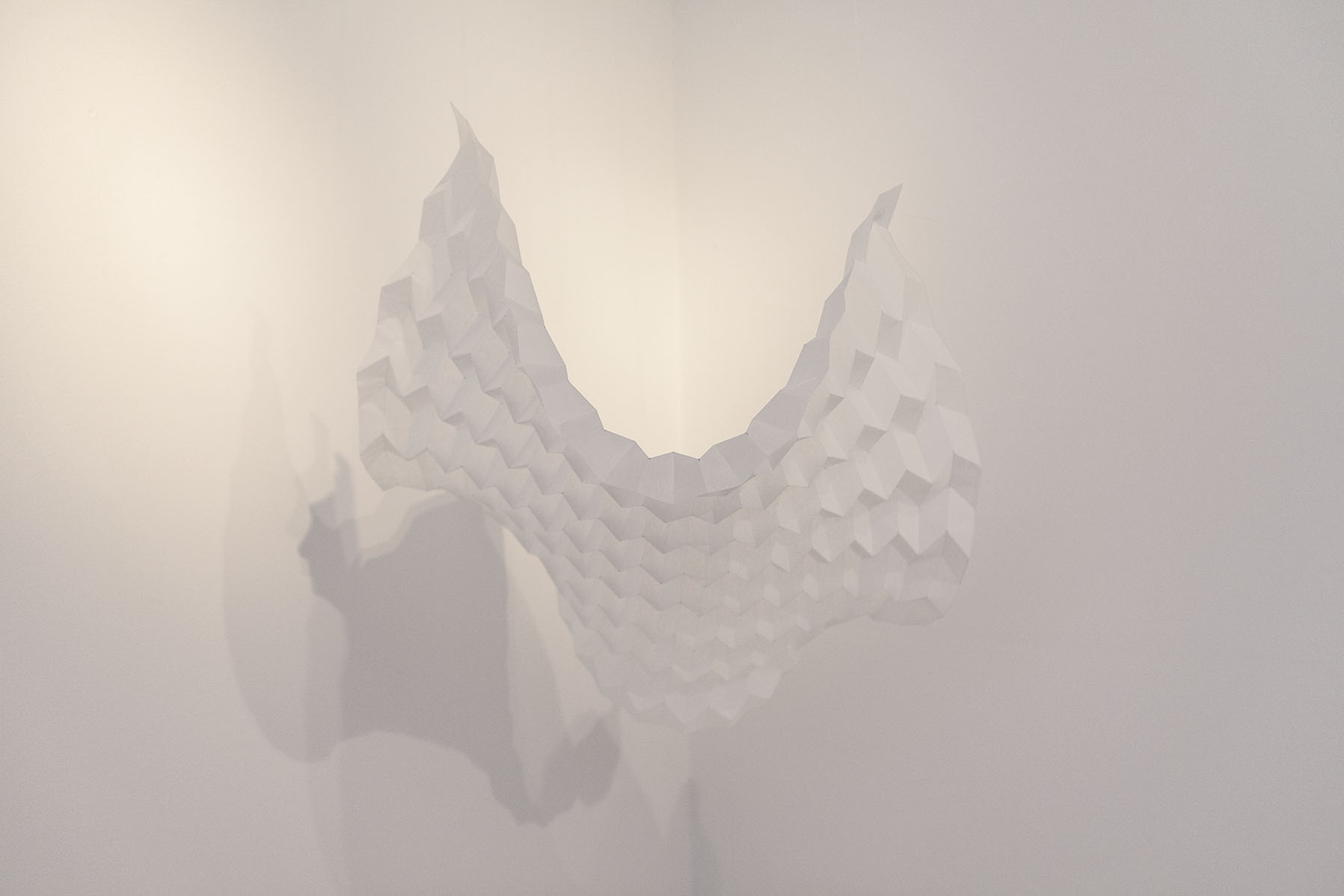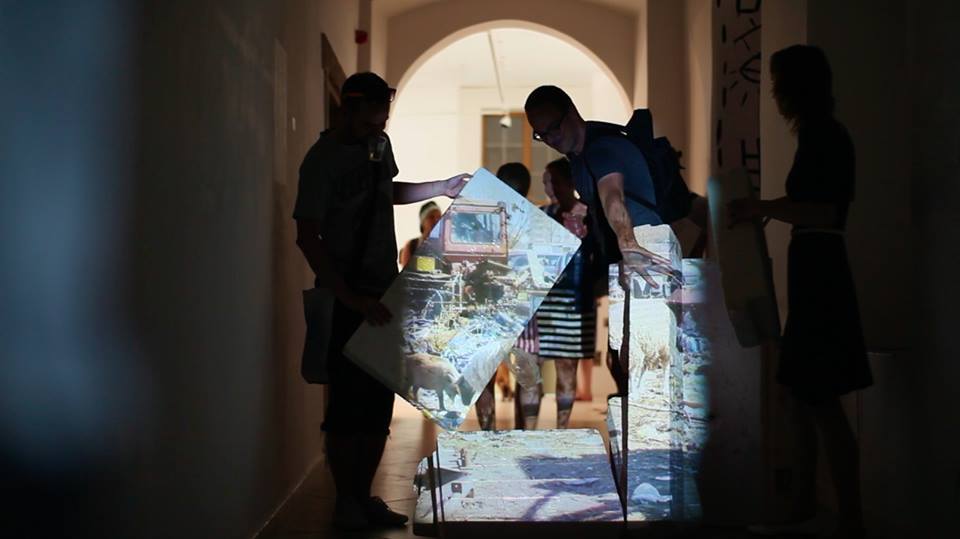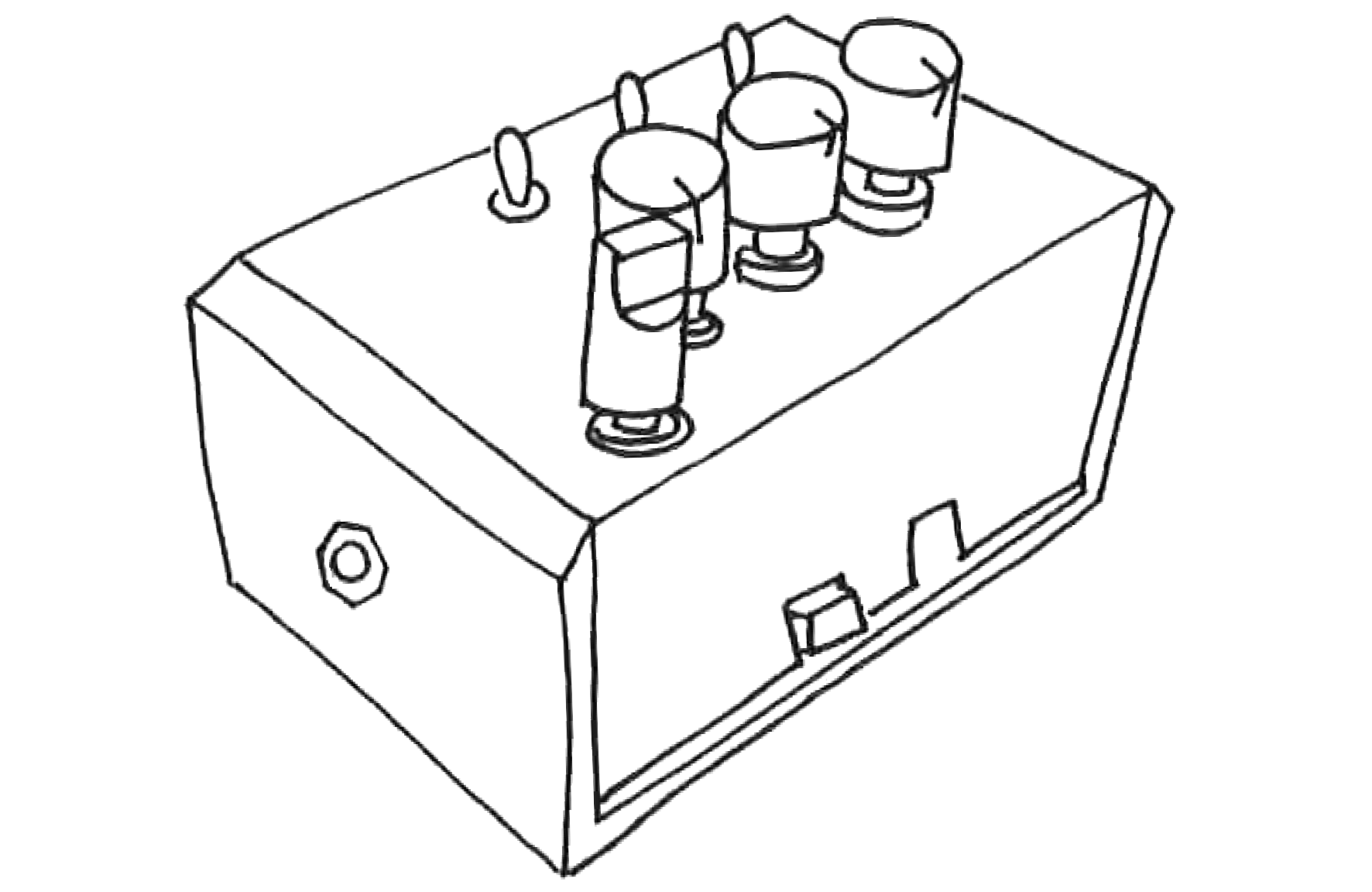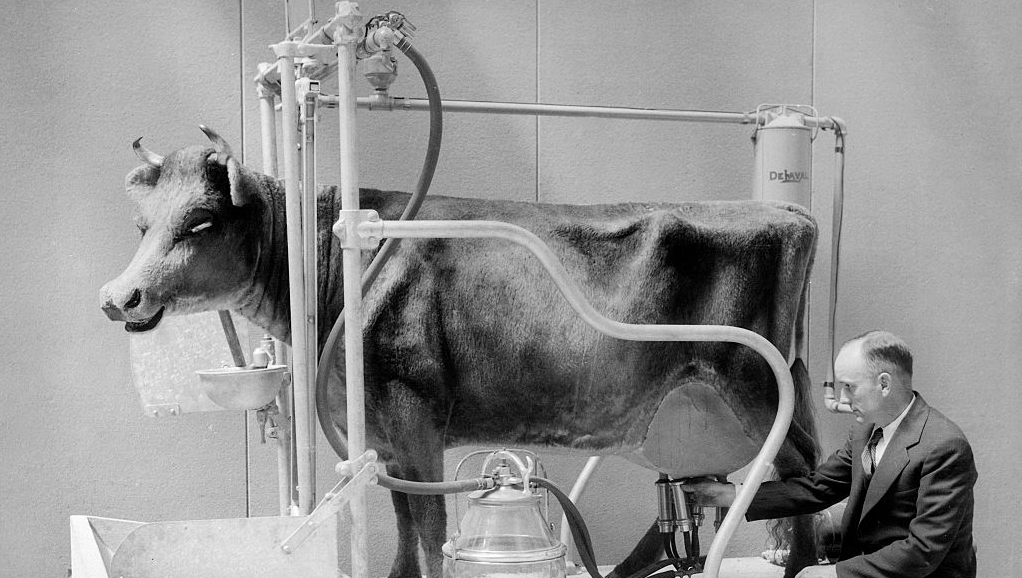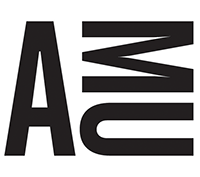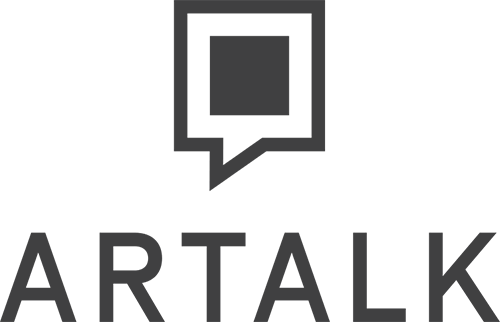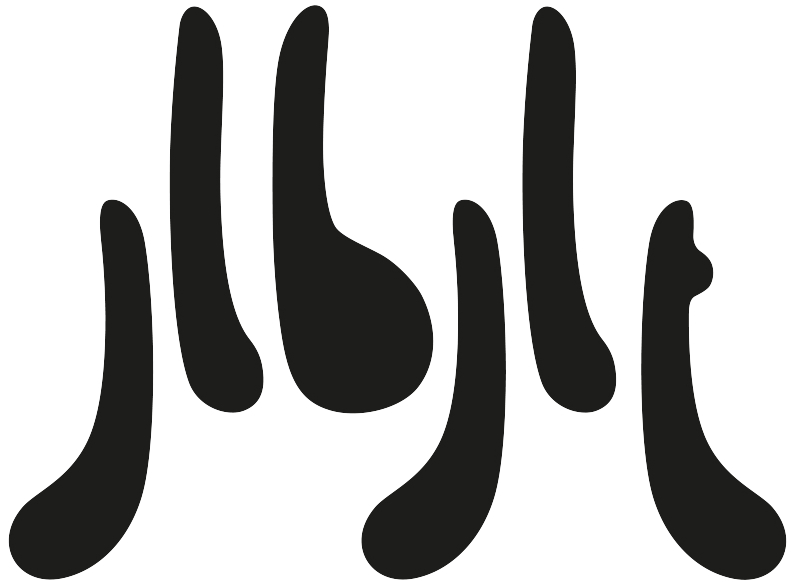Flusser’s philosophy of photography argues for a strong difference between traditional pictures and technoimages, especially between drawing and photography. But he also mentions important continuities between them, for example the fact that both compose and organise their visual content in two-dimensionality, which allows for a synoptical overview. The specificity of such a genuine pictorial overview was expressed in the philosophical term “state of affairs”.
The lecture argues that this contradiction in Flusser’s media history can be seen as a precise description of pictorial qualities, which are also mentioned in the work of philosophers like Wittgenstein, art historians like Max Imdahl or artists like Josef Albers. In this context the lecture ultimately professes the continuities between drawing and photography (or technoimages).
Ulrich Richtmeyer’s lecture is part of the accompanying program of the exhibition “Bodenlos. Vilém Flusser and the Arts” at GAMU.
Ulrich Richtmeyer studied Free Art at the Bauhaus-Universität Weimar, where he received an M.A., and philosophy at the Humboldt-Universität zu Berlin. In 2006, he received his Ph.D. in philosophy from the Humboldt-Universität zu Berlin with a dissertation on “Kant’s Aesthetics in the Age of Photography”. He then worked as a research associate at the Institute for Arts and Media at the University of Potsdam, as a research fellow at the NFS Eikones (Basel) and at the IKKM Weimar. From 2013 to 2015, he holds a visiting professorship for »visual thinking and perception« at the University of Potsdam, where he also finished his Habilitation (second book) on “Wittgensteins Bilddenken” in 2016.
Venue: Klub HAMU, Malostranské náměstí 13 (HAMU – Faculty of Music), 118 00 Praha
The lecture will be held in English.
Free admission.
<- THE EXHIBITION
